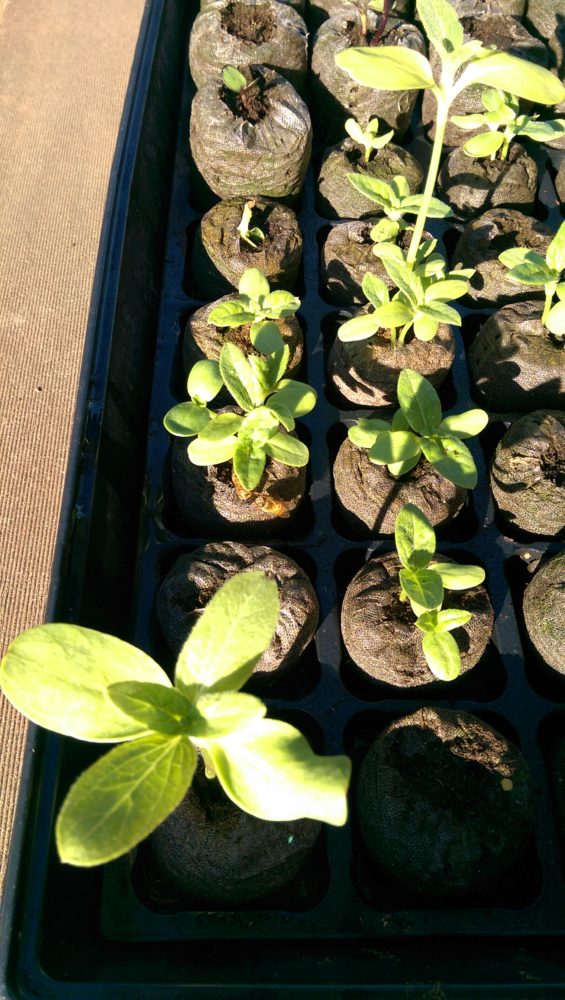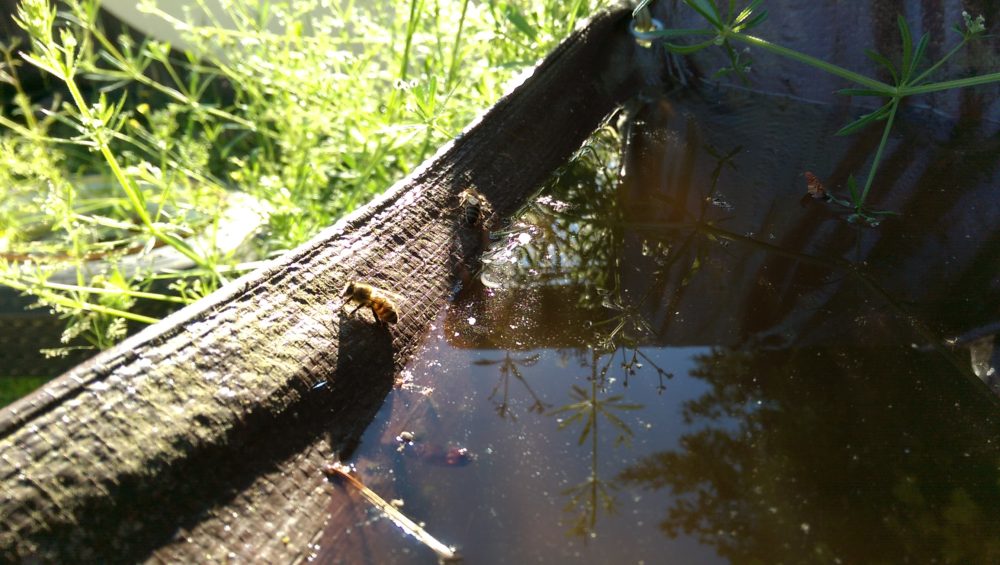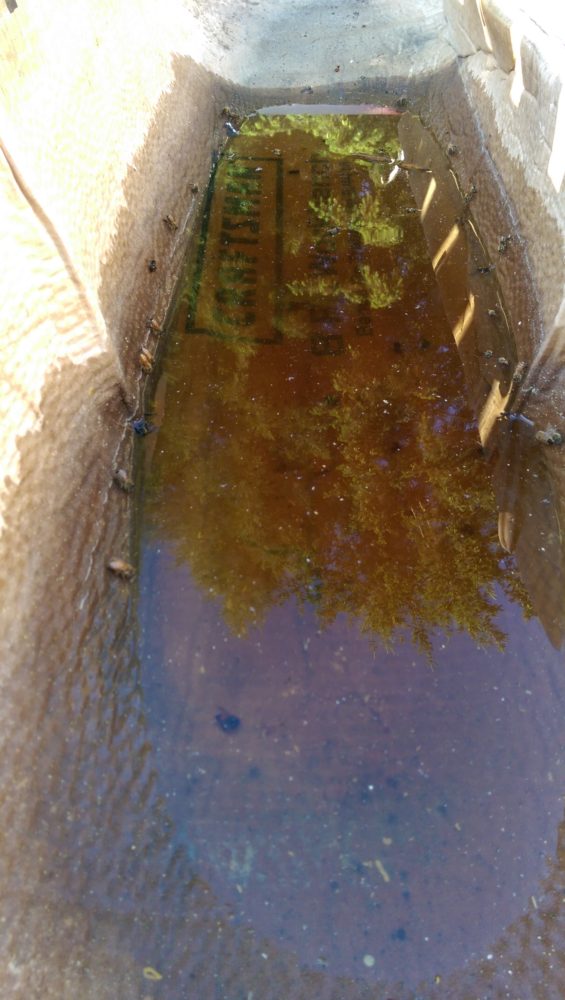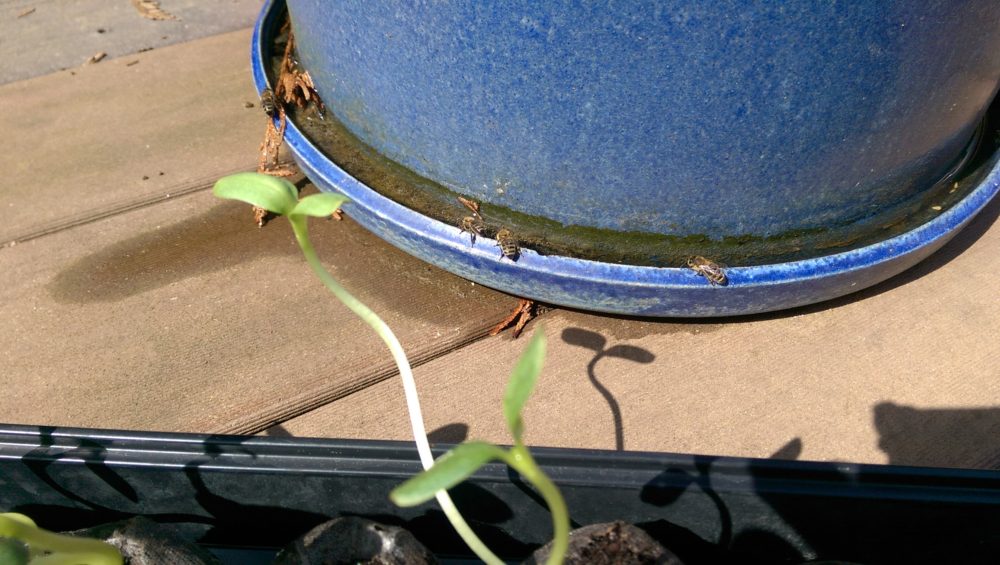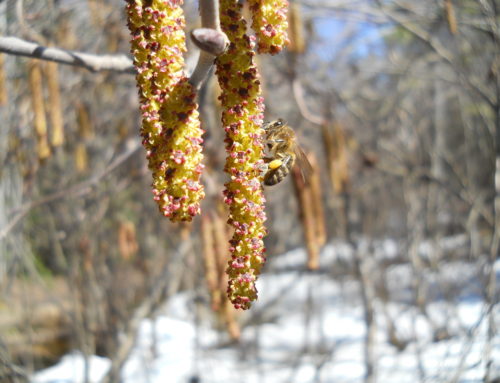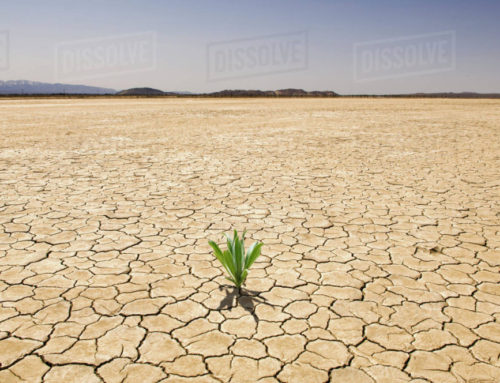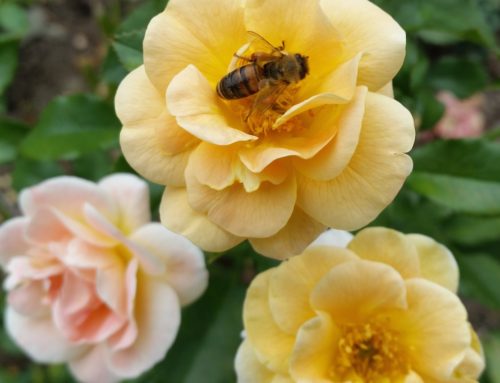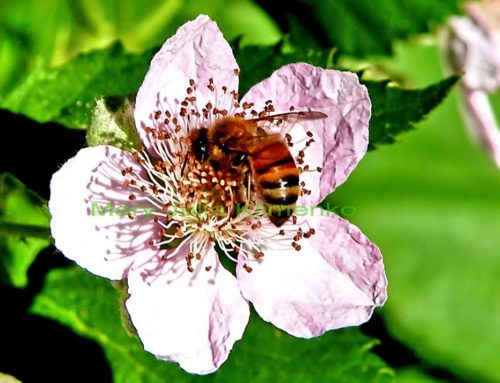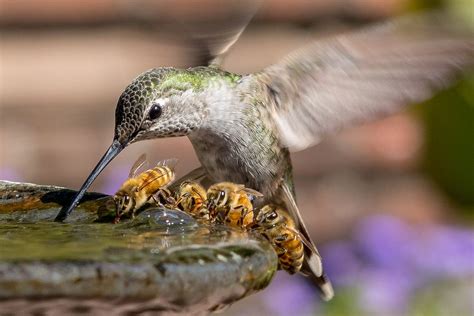 Camano Island Honey is supporting National Pollinator Week this week by posting a featured way to help the bees each day. Today is water day. We have a lot of different ways to make water resources available and easy to access for the bees and some of them help us humans as well. Keeping them out of our pools and ponds is a way to keep them from getting into trouble.
Camano Island Honey is supporting National Pollinator Week this week by posting a featured way to help the bees each day. Today is water day. We have a lot of different ways to make water resources available and easy to access for the bees and some of them help us humans as well. Keeping them out of our pools and ponds is a way to keep them from getting into trouble.
Bees need water for many of the functions of the hive. They don’t store water in the combs, but bring it in as needed. They judge the needs by how fast the transfer bees take the water from the foragers – fast means bring more, slow means bring less. In the summer they use water to cool the hive through an evaporative cooling system much like your air conditioner at home. They will put water around the rims of cells that have larvae in them and over the wax coverings of brood that is capped and then fan their wings to blow air across the water droplets and cool the baby bees.
The nurse bees (12-18 days old) will use the water from foragers to mix with the pollen, nectar and the secretions of their hypopharyngeal gland to make food for the baby bees.
In the winter when they consume the honey resources that they have stored, and they will typically have to reconstitute the honey that has crystallized due to dehydration, so they can use it for fuel during the cold weather.
The bees prefer “dirty” water over clean chlorinated type. Some believe it’s because they hadn’t evolved with chlorine in their water for the last few million years so they don’t recognize it as safe. Others think that the “dirty” water has more minerals and macro-nutrients in it, and so they gravitate to it for special nutritional requirements they don’t get from the flowers. No data on either one, just speculation, but interesting ideas none the less!!
Things you can do to help them:
- Put out a shallow container the has water, but make sure there are pebbles/marbles/gravel in the bottom so they don’t drown.
- If you use irrigation or water gardens during the day be sure to spray the bottom of the plants since pollinators are foraging for nectar during the day and can be drowned by the watering.
- Make several small indentations in the ground in an area that gets watered so that a small pool of water will linger after the watering for bees to come and drink from.
- Keep any water sources away from populated areas or places where children or dogs/pets may be running around. The vibration from dogs running near hives sets their nerves on edge!!
- During times of dry weather don’t spray the lawn or gardens with any chemicals, bees drink condensation water from the leaves in the morning, and the chemicals concentrate causing a lot of bees to die from poisoning.
I hope this gives you some ideas about how to help pollinators in a big way!!
God Save the Queen!!

